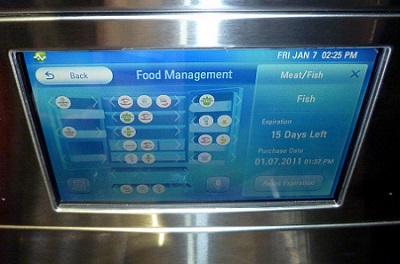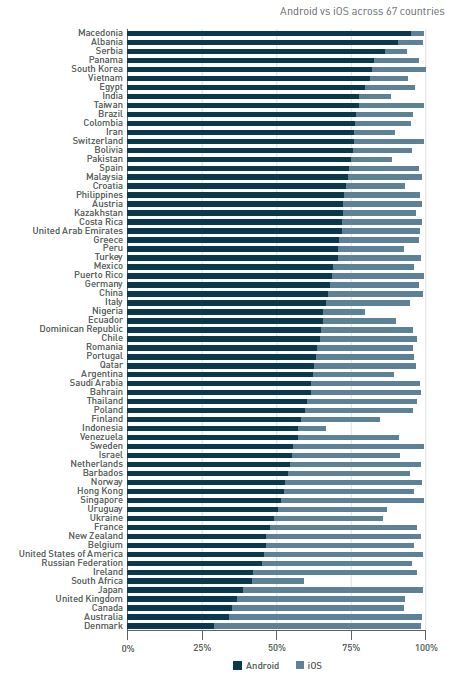While it is generally agreed that the Internet of Things could improve the way we interact with devices, its integration into everyday life is somewhat slow. This process may soon accelerate with the introduction of Brillo, Google’s new OS for the IoT ecosystem. Here are 5 ways this new solution could change the device landscape.
Announced at Google I/O on 28 April, Brillo and Weave will become the basis for the new Internet of Things platform. Brillo is basically a lightweight, stripped down version of Android, while Weave provides a protocol for devices to communicate. Once equipped with Brillo, devices will allow their users to interact with them using compatible smartphones, tablets, etc.
Available in the third quarter of the year, Brillo will compete with the other IoT platforms including Apple HomeKit, and SmartThings.
Here are 5 ways Brillo can change the device landscape.
1. There will be even more web-enabled devices
In a recent article we explored the ever-growing list of devices that allow you to browse websites. The list included not just PCs, laptops, and tablets, but also wearables, smart glasses, cars, and home appliances. With Google Brillo and other IoT platforms the Internet connectivity, with its many possible applications, will become easier and cheaper to implement.
2. Device fragmentation will increase
There are over 1,300 different device vendors, 34 mobile operating systems, and 395 unique diagonal screen sizes detected by the DeviceAtlas device detection platform. Google Brillo will undoubtedly extend this fragmentation adding more device properties that good device detection platforms like DeviceAtlas will be able to identify.
3. Android will be even more popular
According to our mobile traffic report for Q1 2015, Android has overtaken iOS in 56 out of 67 countries tracked by DeviceAtlas including many EU nations. The success of Brillo could mean that Android’s ubiquity could be even greater.
4. The iconic internet fridge may become more mainstream
If you’ve been following the IoT developments, chances are that you’ve come across the likes of web browsing fridges, but it’s rather unlikely that you’ve seen them at your friends’ place (unless you have some really geeky friends). The ‘smart’ home could go mainstream with the right software platform and Brillo and Weave may be able to provide this.

5. Context awareness will be more important
In the past, there was a clear differentiation between mobile web and desktop web. Mobile web offered much less content that was browsed in a fundamentally different way. Now the differences between ‘mobile,’ and ‘desktop’ are largely blurred due to hardware and connectivity improvements.
And thus, businesses addressing their prospective buyers must now come up with web experiences that seamlessly adapt to the user device taking into consideration not just the device characteristics but also user context. Improvements made to the IoT landscape may further increase the need for adaptive content given that there will be even more possible contexts in which users access online content.
Harness your mobile traffic potential
If you’re looking to provide your users with seamless experience by applying Adaptive Web Design, device detection is a must-have component of your web strategy.
DeviceAtlas detection service allows you to target, redirect and analyse your mobile audience according to the types of devices and their features.
Sign up for a free DeviceAtlas account to try the following features:
- A basic version of cloud-based device detection with up to 50k detections per month
- A trial version of Standard, or Premium cloud-based device detection with up to 5M detections per month
- DeviceAtlas analytics tool showing data on thousands of devices in all major global markets




